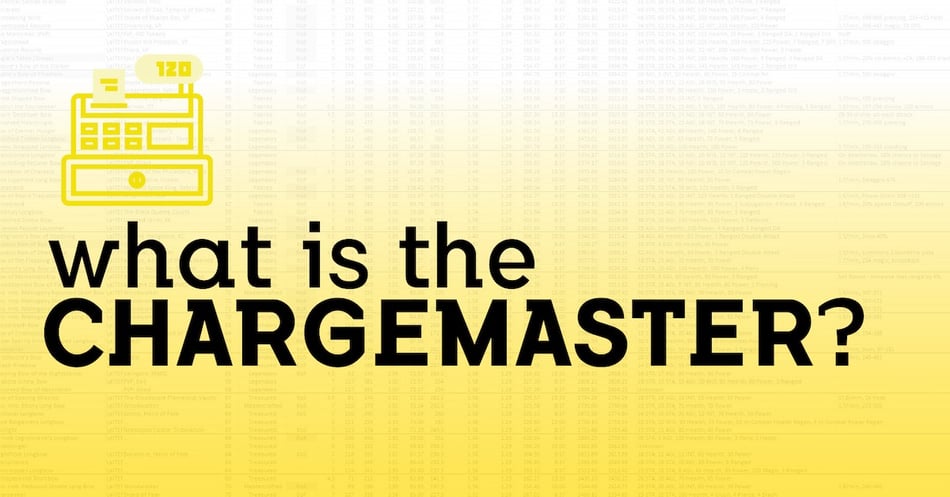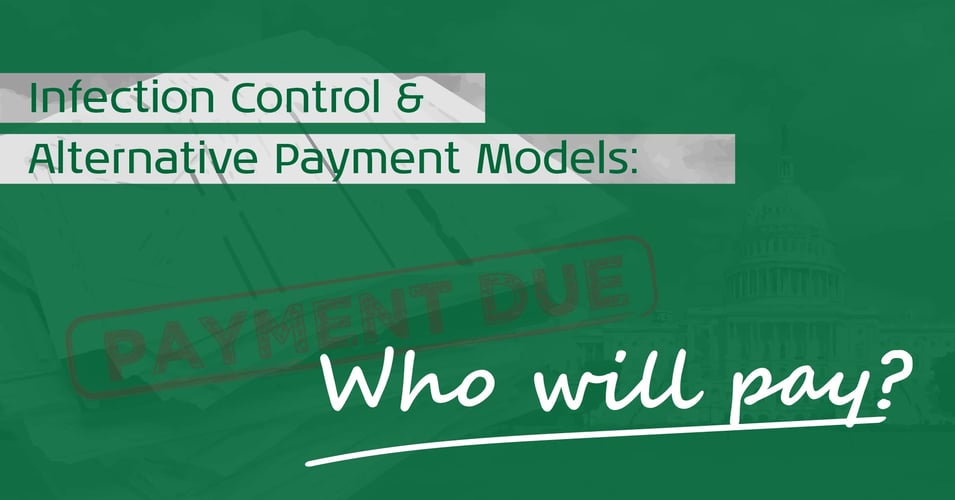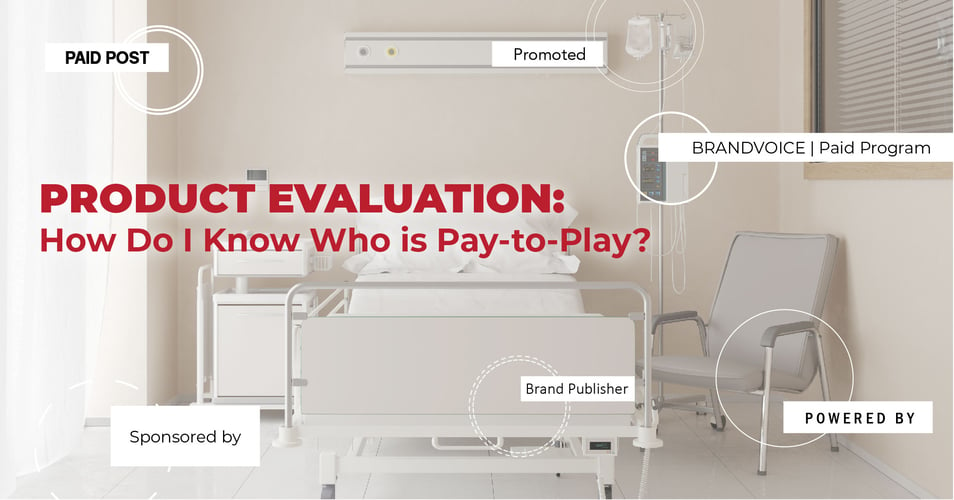What is The Chargemaster?

To provide better transparency, hospitals across the nation have publicly posted their prices. The idea was to help consumers make better financial choices about their healthcare and motivate hospitals to make prices more competitive. But as hospitals roll out their price lists, what consumers are accessing is not a neat menu of options, but rather a door to a complex, changing world of codes, acronyms, and abbreviations known as The Chargemaster.
Anyone familiar with the world of corporate sales is familiar with the concept of a price list that does not reflect what a customer will actually pay. In the marketplace of products from cars to furniture there is an inflated price list followed by negotiations leading to an actual final price. The price lists serves as a starting point for those negotiations, and that starting point can be very high.
What is the chargemaster?
In healthcare, the price list is called the chargemaster, or charge description master and it is considered the "central mechanism of the revenue cycle." This massive list of every billable medication, procedure, service, fee, room charge, supply, or evaluation can run up to 50,000 items, and each item has associated codes for billing and tracking purposes. Each list is unique to the individual hospital, and is created by a team made up of professionals, including the chief operating officer, the chief compliance officer, and members of the Board. So carefully are these lists created and updated, they are considered proprietary information that is protected as closely as any trade secret.
Who sees the chargemaster rates?
The first and largest group that sees the chargemaster rates is health insurance companies as they negotiate what they are willing to pay for each item. These negotiations occur every year or every other year.
The second group is much smaller, but has a far more personal experience with the chargemaster rates: The uninsured patient. Patients without insurance are automatically billed the chargemaster rate, which is, in many cases, highly inflated (the average is 4x the actual cost). As a result, many hospitals will offer discounts and lower rates to uninsured patients, to bring those costs down to a more realistic and manageable level.
How does publishing the chargemaster rates help the consumer?
With the new requirement to publicly post prices (and no penalties for not publishing them), many hospitals are taking the approach of just publishing their chargemaster lists (see some here). While this may seem like providing the public with a "look behind the curtains," these lists are in fact incomprehensible and unusable -they do nothing to help create accurate predictions of costs.
First, the raw data is intended for an audience familiar with the acronyms, abbreviations, codes, and descriptions of tens of thousands of items. Even in the healthcare world, there are very few people with that skill set. Second, even if a person is able to decipher the listing information, cobbling together all the individual items needed for a prospective procedure is nearly impossible for the general public. A prospective patient does not know the range of tests, procedures, supplies, drugs, fees and equipment that might be used during his or her stay.
So what's the point?
Some would argue that this public access to chargemaster rates are a good first step towards increasing transparency in healthcare. And on a macro scale, this may be true, as they give a look into the big picture of how hospitals charge for services and may inspire helpful changes. However, so far, the benefits to the average consumer are proving elusive. Perhaps future changes will include posted average costs for common procedures (childbirth, knee replacement, etc.), providing consumers with a better way to compare prices and push hospitals to be more competitive.
The chargemaster is just one aspect of the incredibly complex nature of healthcare economics. We are in the midst of a transition in the way we provide, charge for, and pay for healthcare. One of the first issues being tackled is getting to a point where hospitals actually know how much everything they provide actually costs, and eventually, getting to a point where healthcare costs can be stabilized. Until that point, the consumer bears the responsibility of deciphering the mountains of data and making the best healthcare choices alongside their medical team.
Editor's Note: This post was originally published in January 2019 and has been updated for freshness, accuracy and comprehensiveness.
![EOScu Logo - Dark - Outlined [07182023]-01](https://blog.eoscu.com/hubfs/Eoscu_June2024/Images/EOScu%20Logo%20-%20Dark%20-%20Outlined%20%5B07182023%5D-01.svg)

![[infographic] Key Questions for Measuring Cost-Effectiveness Download and share!](https://no-cache.hubspot.com/cta/default/216314/interactive-178750805176.png)



